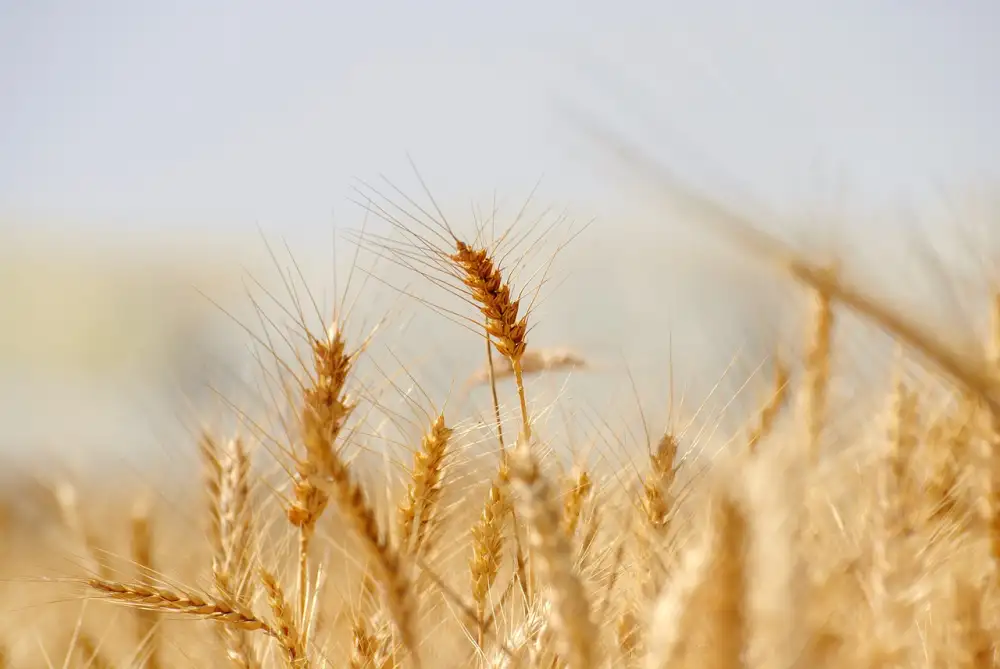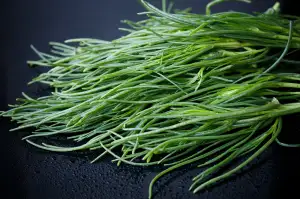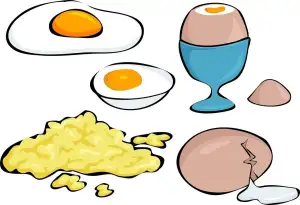Unlocking the Secrets of Corn Flour: Elevate Your Recipes with this Versatile Ingredient!

Corn flour, also known as cornmeal or maize flour, is a versatile ingredient made by grinding dried corn kernels into a fine powder. It has been a staple in many cuisines around the world for centuries, valued for its unique flavor and texture. Corn flour is naturally gluten-free, making it an excellent alternative for those with gluten sensitivities. Its slightly sweet and nutty taste adds depth to both savory and sweet dishes, making it a popular choice in various culinary traditions.
Nutritional Benefits of Corn Flour
Corn flour is a versatile ingredient that not only adds a unique flavor and texture to dishes but also offers several nutritional benefits. It is naturally gluten-free, making it a suitable option for individuals with gluten sensitivities or celiac disease. Additionally, corn flour is rich in fiber, which aids in digestion and helps maintain a healthy gut.
Moreover, corn flour contains essential vitamins and minerals such as vitamin A, vitamin B6, niacin, and iron. These nutrients play a crucial role in supporting overall health, including boosting immunity, promoting healthy skin, and aiding in energy production. Corn flour is also relatively low in fat and cholesterol, making it a healthier alternative to some other types of flours.
Incorporating corn flour into your diet can help increase your intake of important nutrients while adding a delicious twist to your favorite recipes.
Culinary Uses of Corn Flour
Corn flour is a versatile ingredient that can be used in various culinary applications. It is commonly used as a thickening agent in soups, stews, and sauces due to its ability to create a smooth texture without altering the flavor of the dish. Corn flour is also popular for coating meats and vegetables before frying, as it creates a crispy and golden crust when cooked. Additionally, it can be used in baking to add moisture and structure to gluten-free recipes. Its neutral taste makes it a great option for both sweet and savory dishes, making it a staple in many kitchens around the world.
Popular Recipes Using Corn Flour
Corn flour is a versatile ingredient that can be used in a variety of dishes, both savory and sweet. One popular recipe using corn flour is cornbread. This classic American dish is made by combining corn flour with other ingredients such as buttermilk, eggs, and baking powder to create a moist and flavorful bread that pairs well with soups, stews, or simply enjoyed on its own.
Another popular recipe using corn flour is tortillas. These thin, flatbreads are a staple in Mexican cuisine and are made by mixing corn flour with water and salt to form a dough, which is then rolled out and cooked on a hot griddle. Tortillas can be filled with a variety of ingredients such as meats, beans, cheese, and vegetables to create delicious tacos or quesadillas.
Additionally, corn flour can be used to make crispy coatings for fried foods such as chicken tenders or fish fillets. By mixing corn flour with seasonings like paprika, garlic powder, and salt, you can create a crunchy coating that adds texture and flavor to your favorite fried dishes.
Overall, the versatility of corn flour makes it a popular choice in many kitchens around the world for creating delicious and satisfying dishes.
Tips for Cooking with Corn Flour
**Tips for Cooking with Corn Flour:**
1. **Gluten-Free Baking:** Corn flour is a great alternative for those who are gluten intolerant or have celiac disease. It can be used to make delicious gluten-free baked goods like cornbread, muffins, and pancakes.
2. **Thickening Agent:** When using corn flour as a thickening agent in soups, stews, or sauces, it's important to mix it with a cold liquid first to create a slurry. This prevents clumping and ensures a smooth texture in your dish.
3. **Frying Foods:** Corn flour is perfect for coating foods before frying as it creates a crispy and golden exterior. Make sure to season the corn flour with spices or herbs for added flavor before dredging your ingredients.
4. **Storage:** To maintain the freshness of your corn flour, store it in an airtight container in a cool, dark place away from moisture and direct sunlight. This will prevent it from becoming rancid and losing its flavor over time.
5. **Experimentation:** Don't be afraid to experiment with corn flour in your recipes! Whether you're making tortillas, tamales, or even desserts like cookies and cakes, incorporating corn flour can add a unique flavor profile and texture to your dishes.
By following these tips, you can unlock the full potential of corn flour in your cooking and elevate the flavors of your favorite recipes!
**Conclusion and Final Thoughts**
In conclusion, corn flour is a versatile ingredient that can elevate your recipes to new heights. With its rich nutritional profile, including being gluten-free and high in fiber, it's a great choice for those with dietary restrictions or looking to add a healthy twist to their dishes. From thickening soups and sauces to creating delicious baked goods, the culinary uses of corn flour are endless. By incorporating corn flour into your cooking repertoire and following our tips for cooking with it, you can unlock a world of flavor and creativity in your kitchen. So go ahead, experiment with this underrated ingredient and watch as your dishes transform into culinary masterpieces!
Published: 04. 05. 2024
Category: Recipes



